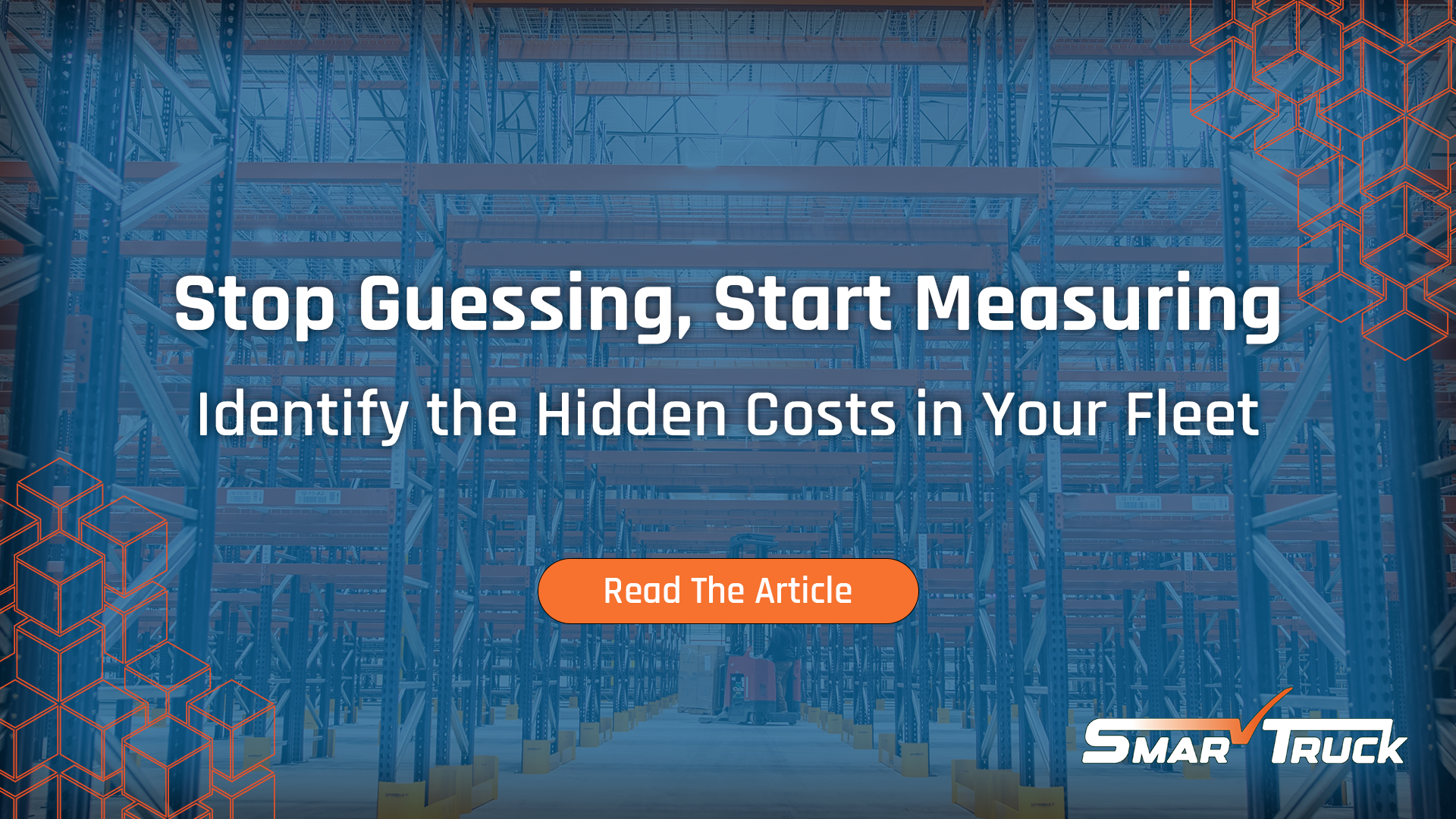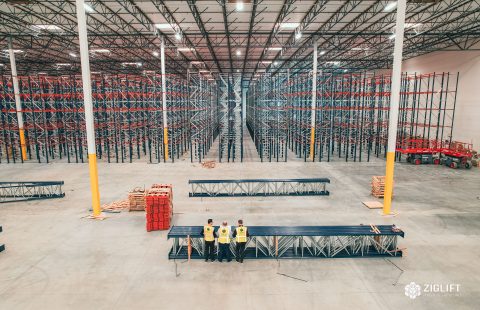
Stop Guessing, Start Measuring: Identify the Hidden Costs in Your Fleet
How many of your forklifts do you actually know the usage of?
In today’s fast-paced warehouse environments, operational efficiency isn’t just a metric—it’s a competitive advantage. Yet many organizations are flying blind when it comes to one of their biggest operational assets: the forklift fleet.
Warehouse managers are tasked with balancing labor, safety, space, and throughput—all while maintaining cost efficiency. And when it comes to material handling, forklifts play a central role in this equation. Unfortunately, they’re also one of the least optimized assets in many facilities.
Utilization Gaps: The Hidden Cost in Your Fleet
Forklifts are expensive to purchase, maintain, and operate. Material handling equipment (MHE) can account for more than 25% of a warehouse’s total budget. Despite this investment, average forklift utilization hovers around 60%, with some trucks being overused while others sit idle. This imbalance not only leads to unnecessary maintenance and early equipment failure—it also ties up capital that could be better deployed elsewhere.
Effective management relies on having the right data. However, too often, decisions regarding fleet size, type, and distribution are made based on intuition rather than objective analysis.
Why Measuring Matters
Understanding how often and how intensively each forklift is used enables a clear picture of where inefficiencies—and opportunities—exist. With proper utilization data, warehouse operators can:
- Right-size their fleet to match actual demand
- Balance wear and tear across units to extend equipment life
- Reduce unnecessary rentals or purchases
- Minimize operational bottlenecks during peak periods
The stakes are high. During peak seasons, like holiday surges or promotional events, inefficient fleet use can lead to missed productivity targets and an increase in safety incidents. One report showed that injuries at Amazon warehouses rose by 59% during peak periods like Prime Day and Cyber Monday. The intersection of high demand and under-optimized resources often creates dangerous pressure points.
The SmarTruck Advantage
This is where SmarTruck delivers measurable impact.
By automatically tracking the ignition, battery, and movement status of every vehicle, SmarTruck offers real-time insight into forklift usage—both at the individual and fleet level. Its centralized web interface provides filterable, exportable dashboards that make it easy to analyze patterns, identify underutilized assets, and spot peak activity windows before they become problems.
With SmarTruck, organizations can:
- Access real-time forklift status
- Generate daily, weekly, and monthly utilization reports
- Pinpoint bottlenecks and downtime
- Optimize fleet size and composition based on actual usage data
This level of visibility enables not just better planning, but smarter allocation of equipment and labor. And when peak periods hit, SmarTruck helps teams stay ahead of the curve—with safer, more efficient operations that adapt in real time.
Turn Data Into Action with SmarTruck
Ready to turn your fleet of forklifts into optimized assets? Let’s talk.


